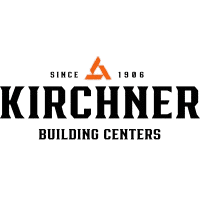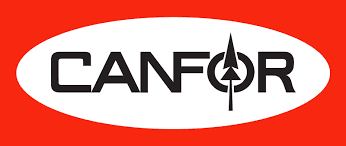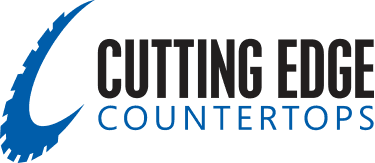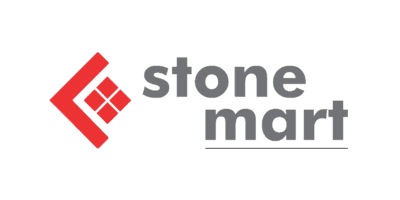Operations
Jun 27, 2025
Supply Chain Strategies to Combat Tariffs
Alex Mitnik
Content Manager
Explore case studies of past companies' responses to tariffs, as well as an analysis of how their responses can inform modern supply chain strategy.
Tariffs can strike at the heart of your operations, squeezing margins, delaying shipments, and straining supplier relationships. However, you can protect your business and customers by deploying the right supply chain strategy. The case studies below will support you in developing that strategy so your company can grow even in the face of trade barriers.
Case Study: Cisco Systems
Context:
In 2018, when the U.S. initiated tariffs on a broad set of Chinese imports, companies with global supply chains faced sudden cost pressures. Cisco Systems, a leading network equipment provider, was hit by this shift and needed to respond quickly.
Strategy:
Cisco leveraged its mature cross-functional Sales & Operations Planning (S&OP) process to launch a 90-day sprint ahead of tariff implementation. This initiative included targeted pricing adjustments, relocating ship-from sources, and deploying rapid mitigation efforts.
Analysis:
Proactive scenario planning gave leadership visibility into specific components most exposed to tariffs while cross-functional collaboration enabled agile responses for pricing adjustments, shifting logistics, and managing supplier agreements. By executing the strategy before tariffs took effect, Cisco significantly reduced margin erosion and maintained supply continuity.
Modern Application:
Cisco’s approach offers a roadmap for what to do when you encounter sudden tariffs. If your industry is at risk, establish robust S&OP processes well in advance to integrate supply, finance, operations, and procurement. For companies with more resources, you may also benefit from using scenario-based forecasting to identify high-risk SKUs or components exposed to tariff changes, then proactively launching sprint teams to explore pricing, sourcing, and logistics adaptations.
Case Study: U.S. Steel-Consuming Industries
Context:
In March 2002, President George W. Bush instituted “safeguard” tariffs of 8–30% on foreign steel to support domestic producers—excluding Canada and Mexico under NAFTA. While the tariffs lasted just 11 months, they raised domestic steel prices by roughly 30% and led to an estimated 200,000 job losses in steel-consuming U.S. industries, exceeding jobs in steel production.
Strategy:
To manage increased costs, many U.S. manufacturers imported semi-finished steel or finished parts from tariff-free countries like Canada or Mexico. Additionally, a small subset of firms which had longer-term contracts with steelmakers experienced greater cost predictability.
Analysis:
As steel is a highly competitive industry, companies could not pass many additional costs to customers. Therefore, the best strategy in the scenario was to prevent or mitigate such costs. For larger companies, who were the most likely to have had long-term contracts, secured pricing helped cushion the economic shock and maintain competitiveness.
Modern Application:
The competitive nature of the steel industry hasn’t changed, so companies should continue to focus on avoiding costs rather than passing them to customers. Some specific methods of doing so include diversifying your supplier network across continents and creating political pressure for tariff negotiations. Also note that while long-term contracts provide stability, the unpredictable modern tariffs environment requires companies to include tariff-escalation clauses to remain protected.
Case Study: Ford Motor Company
Context:
During the early 1930s, U.S. auto exports faced worldwide retaliatory tariffs against the Smoot-Hawley Tariff Act, which increased U.S. import duties on 845 goods. The Act contributed to global trade volumes falling by 26% between 1929 and 1932.
Strategy:
To stabilize costs and ensure supply, Ford adopted vertical integration. During this process, it acquired rubber plantations, steel mills, railroads, and shipping lines to control its supply chain from raw materials to finished vehicles.
Analysis:
Fordlandia’s vision was an early example of holistic supply chain strategy, where integrating the steps in the supply chain promotes stability and agility. While Fordlandia failed, the core concepts of its strategy may benefit your company if applied carefully.
Modern Application:
This approach is well-suited for larger manufacturers facing tariffs on key raw materials or components. Companies in sectors like auto parts, industrial equipment, or agriculture can benefit by integrating suppliers or securing regional alternatives.
Conclusions
Whether through proactive analysis, sourcing flexibility, or vertical control, a resilient and responsive supply chain helps mitigate tariff risk and protect long-term growth.
At NetNow, we understand that financial agility is just as important as operational agility. Our credit management platform empowers your company to support supply chain resilience by making smarter and faster credit decisions. Book a demo today to learn more.
Read More
Find articles relevant to your interests











